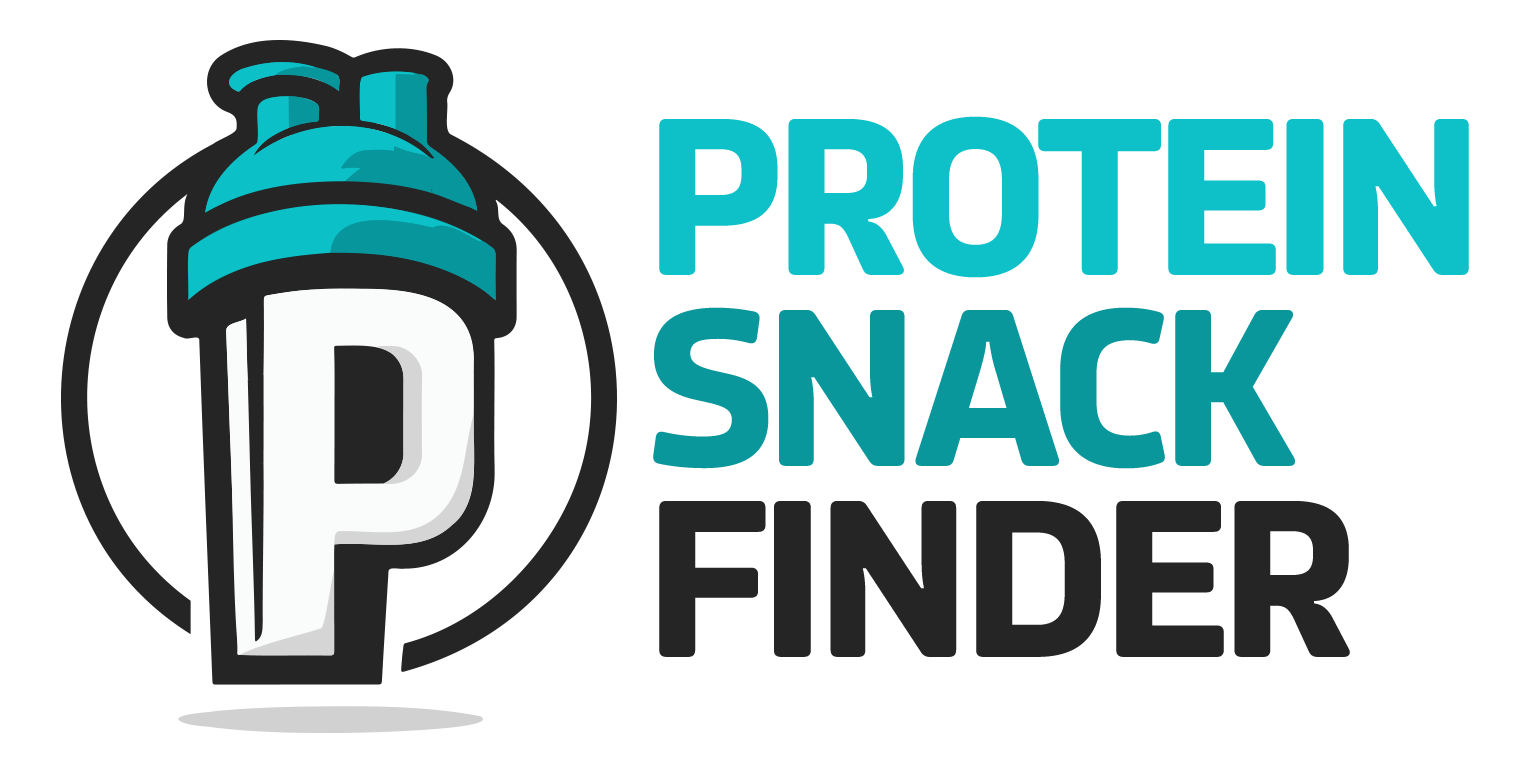Traveling can be quite the ordeal – dealing with the airport chaos, managing your luggage, and just trying to make it to your gate on time.
And if you’re trying to keep up with your protein intake while you’re traveling, it can seem like an added challenge. But, fear not.
Whether you’re off to a tropical getaway or just hopping cities, managing your protein needs while traveling is about to get simpler.

Imagine this scene at the security checkpoint: the security officer flips through your passport, eyeing that shaker bottle suspiciously. You calmly reply, “It’s just protein powder.”
A brief moment of tension, sure, but you’re not worried. Why?
Because you’ve read this article, your ultimate guide to traveling with protein powder. You’re armed with knowledge about the rules, packing tips, and what to expect. You’re prepared, and that’s half the battle won.
In this post, we’re diving into:
- Understanding TSA rules for flying with protein powder.
- Tips for packing protein powder to prevent messy spills and unwanted odors.
- What to expect when bringing your supplement along for your journey.
The airport experience is already stressful enough, let’s not add any unneeded confusion from your protein powder supplements. Let’s clear this up.
TSA Guidelines for Protein Powder: Simplified
Heading to the airport for your next adventure and wondering about bringing your protein powder along? It’s simpler than you might think.
The TSA (Transportation Security Administration) has clear guidelines on traveling with protein supplements, and they’re very straightforward.

Here’s the good news: protein powders, like most organic powders, are permitted in both carry-on and checked bags.
But, be prepared for a bit more attention during security checks if you’re carrying it in your hand luggage.
The 3-1-1 Rule and Protein Powder
You might have heard about the TSA’s 3-1-1 rule for carry-ons: all liquids, gels, aerosols, creams, and pastes must be in containers no larger than 3.4 ounces or 100 milliliters, all packed together in one clear quart-sized bag.
Simple, right?
But what about protein powder? It’s not a liquid, so does this rule even apply?
Technically, no.
Protein powder isn’t subject to the 3-1-1 rule, but that doesn’t mean you should pack a giant tub in your carry-on. TSA officers can flag any amount of powder they find concerning, and large quantities of powder might raise some eyebrows, leading to extra screening or even disallowance.
The solution? Pack reasonable amounts.

A few servings of your whey protein should suffice for short trips and will help you breeze through security without any hiccups. Although the 3-1-1 rule doesn’t directly apply to protein powder, it’s still a good idea to follow in order to prevent overpacking or potential confiscation from your TSA agent.
For checked luggage, you’re in the clear to bring as much as you need – if you want to pack your large container of protein powder, that is perfectly fine.
Your protein powder container will go through the x-ray scanner, but there are no red flags on having a larger container of powder when it’s checked, so your protein is safe.
The Dos and Don’ts of Traveling with Protein Powder
Dealing with the TSA and airport regulations might seem daunting, but with a little know-how, it’s manageable. Let’s break down the essential dos and don’ts, ensuring your protein travels just as smoothly as you do.

Do: Prevent Protein Powder Disasters
Imagine this: You’re all set for that important meeting or exciting adventure, only to discover your protein powder has staged a breakout in your suitcase. Not the ideal start to your trip.
The solution? Pack it right. Use sturdy, resealable bags or, better yet, a dedicated protein container. This small step can save you big trouble, keeping your clothes protein-free and your powder where it should be.
Don’t: Overlook the 3-1-1 Rule
The TSA’s 3-1-1 rule might seem irrelevant for protein powder, but it’s a good guideline for carry-on packing. While protein powder isn’t a liquid, gel, or aerosol, sticking to reasonable quantities in your carry-on can help avoid extra scrutiny.
Remember, it’s about making your travel smoother and not giving the TSA a reason to unpack all of your supplements (which will cost you precious time, too).
Do: Be Upfront About Your Protein Powder
Usually, you don’t need to declare protein powder at security checkpoints. However, a proactive approach can work in your favor.
A quick mention to the TSA officer that you’re carrying protein powder can simplify the screening process. It’s all about transparency – a little heads-up can go a long way in avoiding unnecessary delays.
Don’t: Forget International Restrictions
Traveling abroad? Check the rules first. Protein powder might be a non-issue at home, but international regulations vary.
Some countries have specific guidelines on bringing food products across borders. Doing a bit of research beforehand can save you hassle at customs – no one wants to negotiate with airport authorities after a long flight.
Packing Protein Powder Without the Mess
If you don’t want to ruin all of your clothes, it’s important to make sure you pack your protein powder appropriately. Unless you want all of your clothes to smell like a protein shake, that is.

Here are some practical tips for safely packing protein powder on a plane so you don’t end up with tie-dye protein powder shirts:
- Double-Bag It: Use two layers of resealable bags for added security against leaks.
- Go for Sturdy Containers: A hard-sided, airtight container is your best bet to prevent the powder from getting squished and exploding inside your bag. Ziplock bags are great, but they can still end in disaster.
- Divide and Conquer: Instead of packing a big container, divide your powder into daily serving-sized bags. This not only helps with portion control but also makes passing through security a breeze.
- Label Clearly: Labeling your bags or containers with “Protein Powder” can simplify the screening process, especially during international travel. Yeah, it sounds silly, but it actually helps.
- Keep It Accessible: Pack your protein powder near the top of your luggage for easy inspection, saving time during security checks. Plus, you’ll limit the “squish factor” at the bottom of the luggage.
- Check for Leaks: Before you set off, give your protein powder’s packaging a quick check to ensure everything is sealed tight.
By following these tips, you can ensure your protein powder stays in its place, keeping your clothes clean and your mind at ease.
Protein Snacks on a Plane: What You Need to Know
If you’ve read any of my reviews here on this site, you know that I am no stranger to protein bars. They’re convenient, mess-free, and a great way to keep your protein intake on track while you’re up in the air.
But the question is, can you bring these, and other high-protein food items on a flight without running into trouble at security?
The answer is a resounding yes.

TSA’s Take on Protein Bars and Snacks
The TSA (Transportation Security Administration) gives the green light to protein bars and other similar snacks like jerky, nuts, or trail mix in both your carry-on and checked luggage.
However, there are a few things to keep in mind:
- Check the Ingredients: While protein bars are typically fine to travel with, some ingredients might be restricted in certain countries. If you’re flying internationally, a quick glance at the manufacturer’s guidelines can save your snack from being confiscated.
- Liquids and Gels: If your protein fix comes in a spreadable or liquid form, remember the TSA’s 3-1-1 rule for liquids in carry-ons. You won’t be able to pack a tub of protein peanut butter or Fairlife shakes.
- Accessibility: Keep your snacks within easy reach in your bag, as you might need to show them at security. Plus, don’t you want to be able to easily snag them when you’re hungry?
Boiled eggs, Greek yogurt, and most other snacks are all generally fine to bring along. Just be mindful of the TSA’s rules on liquids and gels – that protein shake you want to pack likely needs to be finished before you head through security.
So next time you’re flying, feel free to pack that protein bar. It’s a convenient and hassle-free way to keep your nutrition on point.
Just remember to be considerate of your fellow passengers when choosing your snack – not everyone might share your love for garlic beef jerky or stinky eggs.
Traveling With Protein Powder: Your Questions Answered
Here’s the TL;DR for traveling with protein powder so you don’t need to leave here confused about anything.

Are there any TSA rules specific to traveling with protein powder?
Yes, protein powder is allowed in both carry-on and checked luggage. However, in your carry-on, any powder containers larger than 12 oz. (about 350 ml) may be subject to additional screening.
Is there a limit to the amount of protein powder I can bring on a flight?
In checked luggage, there’s no specific limit set by the TSA for protein powder. For carry-ons, remember that protein powder, like other powders, might need additional screening if you carry more than 12 ounces.
Can I bring both powder and pre-mixed protein shakes on a plane?
You can technically bring your favorite protein powder in both forms. However, any pre-mixed liquid over 3.4 ounces should be placed in checked luggage, per TSA liquid rules, so you likely can’t bring your protein shake with you. You might consider purchasing liquid protein shakes at the airport after passing through security, though it could be more expensive.
What are the rules for bringing protein powder in checked luggage?
You can definitely bring protein powder in your checked luggage. There are no restrictions from the TSA on carrying protein powder in checked bags.
Can protein powder be carried in a carry-on bag?
Yes, the TSA allows protein powder in carry-on bags. Be prepared for it to possibly undergo additional screening.
Do I need to remove protein powder from my bag during TSA screening?
You might be asked to remove protein powder from your bag for a closer look, though it’s not a standard requirement. To expedite your travel, consider packing your protein powders in your checked luggage.
Are there restrictions on taking protein powder to international destinations?
When flying internationally, different countries may have varying rules on importing food products like protein powder. It’s a good practice to check the regulations of your destination country to avoid any issues upon arrival.
Any tips on how to pack protein powder to prevent spills?
To avoid spills, pack your protein powder in a sturdy, leak-proof container. Placing this container inside a larger Ziploc bag can provide an extra layer of protection, ensuring your clothes and other items stay clean.
Conclusion: Smooth Sailing with Protein Powder and Air Travel

Navigating the nuances of air travel with protein powder doesn’t have to be a daunting task. As a fitness enthusiast, knowing how much protein powder you can bring and understanding the TSA regulations can make your journey through airport security a breeze, whether you’re traveling for a business trip in the United States or a week-long island getaway.
Remember, the key to a hassle-free experience with TSA agents lies in how you pack your protein supplement. Opting for individual packets or smaller containers of your own protein powder, ideally stashed in a Ziplock bag, can simplify the security process and keep your carry-on luggage organized.
This approach not only aligns with TSA regulations but also ensures your protein powder is readily accessible and protected from spills or leaks.
For those dedicated to their fitness routines, being able to carry your protein while flying is a game-changer. By staying informed and prepared, you can easily maintain your nutrition goals even while soaring at 30,000 feet.
So, pack smart, stay informed about TSA guidelines, and your air travel with protein powder will be as smooth as your favorite shake.






